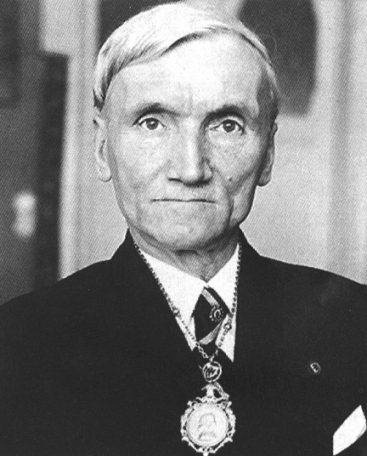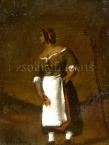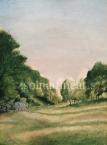Rudnay, Gyula (1878-1957)

He was a pupil of Simon Hollósy in Munich and Nagybánya. In the meantime he visited Rome. He went on with his studies in Paris in 1903. It was due to one of his great experiences during his youth, critical realist literature of the Russians, that he started to study realism and life in the country. He wanted to create a special art with national character. He moved to Hódmezővásárhely in 1905. During the World War I, he produced monumental and dramatic compositions: he painted a series of pictures on people escaping. During these years, he worked in Losonc. From 1919 onwards, he painted more and more pictures in Bábony. He became a teacher of the Art School in 1922. He was engaged in copper engravings from 1922. He produced "The National Assembly of Pusztaszer", a large tapestry, for the Parliament in 1926. He painted compositions on the "kuruts" age with tale-like elements. He founded a school for artists in Baja in 1947 where he lived until 1953. His art reflected the influence of Goya and Munkácsy. His pictures based on light and dark colours were related to romanticism.
Source : Hungarian National Gallery


